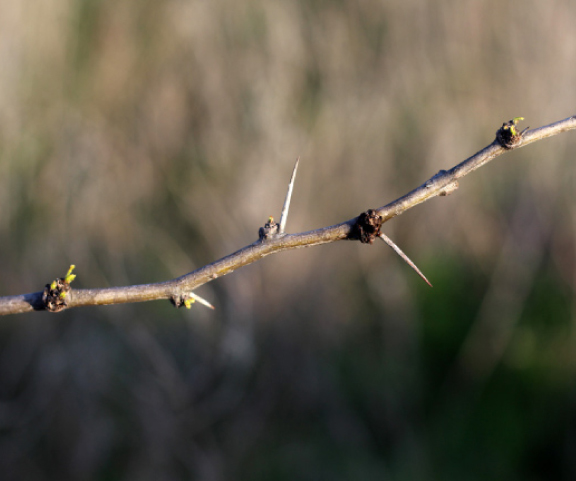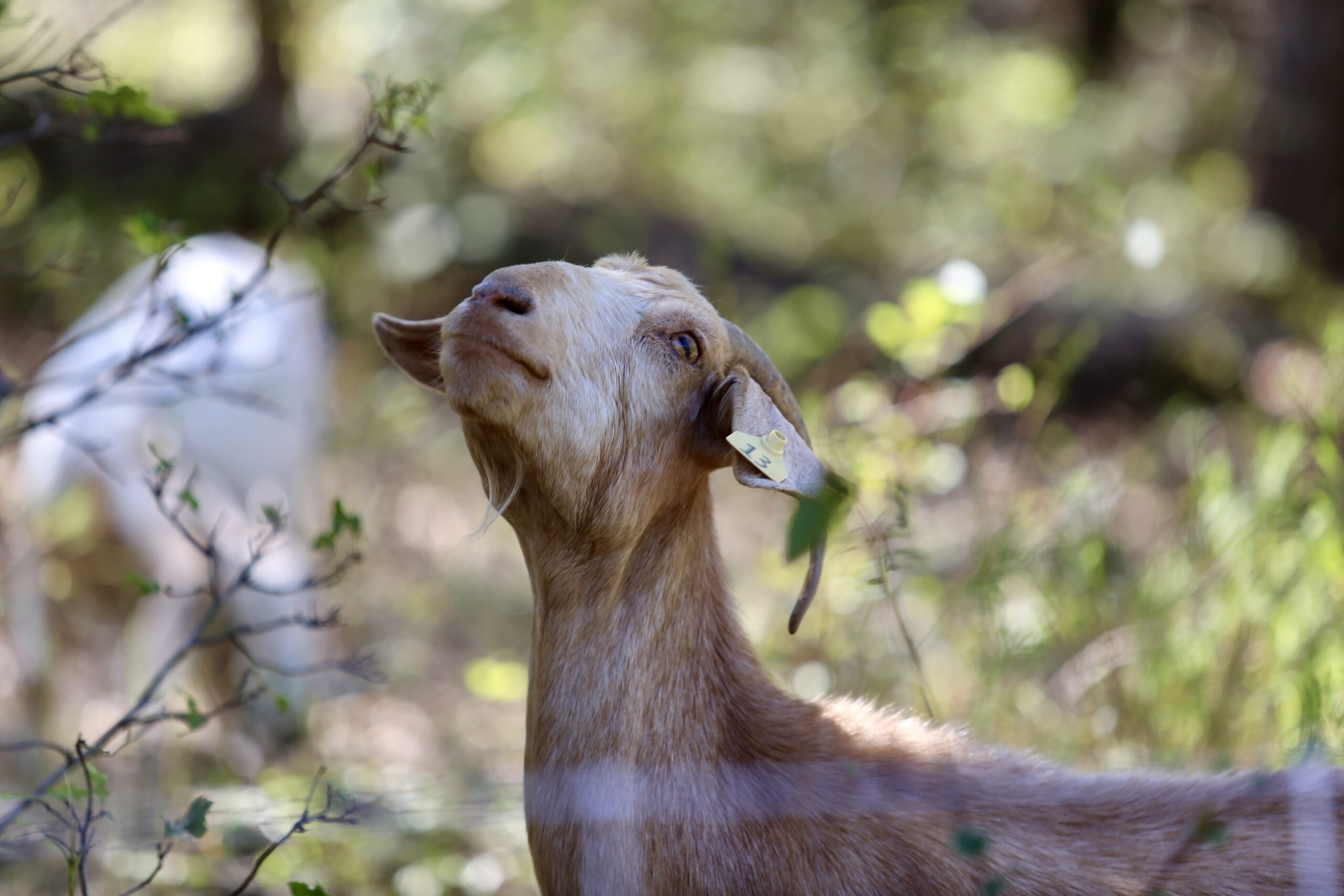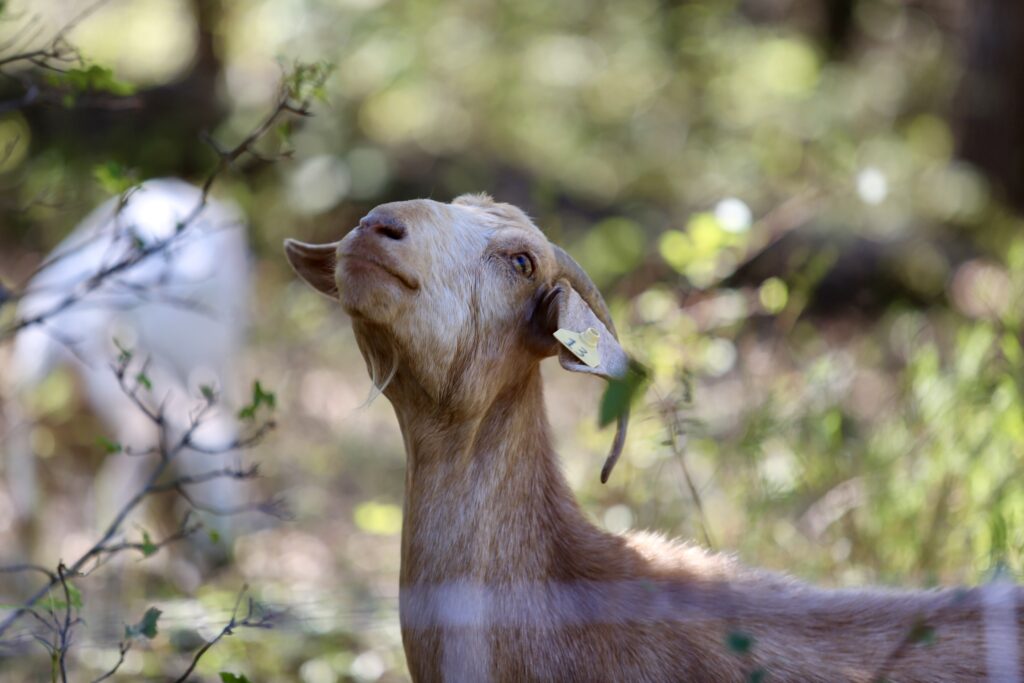HOME
Grazing North Texas — To Kill A Mesquite

By Tony Dean
Ranchers interested in using aerial spray for mesquite control usually pick one of two options. Some elect to use a less expensive chemical in an attempt to simply defoliate the trees and increase grass production for a couple of years. Others use herbicide designed for a total root kill on the trees but at a higher cost per acre.
Research conducted by Texas Tech University and others in the ‘70s and ‘80s isolated a handful of conditions that, when present during the spraying process, could significantly increase percent root kill when that is the goal.
The key to killing mesquite with herbicide application to the leaves is to first get good absorption into the leaf and then get the herbicide translocated to the root system. The following conditions are important indicators that translocation to the roots is taking place and the mesquites are on track for a successful spraying:
1. Soil temperature at the 12” to 18” depth needs to be consistently 75 degrees Fahrenheit or warmer. If rainfall causes the soil temperature to decrease below 75 degrees, spraying should be delayed.
2. Trees need to have all turned from light green leaves to dark green leaves.
3. Leaves must be healthy and not seriously damaged by frost or insects.
4. If trees are still in the flower stage, flowers must be yellow. If beans are present, they must have extended to their total expected length and still be green in color.
To read more pick up a copy of the May 2018 NTFR issue. To subscribe call 940-872-5922.
HOME
Goats Get To Work

One of my professors out at Texas Tech University always told us that we aren’t just raising cattle, we’re raising grass, because without grass there is no cattle business. The same applies to most livestock species and crops we seek to raise- without good land management, no good yield can grow.
To read more, pick up a copy of the November edition of North Texas Farm & Ranch magazine, available digitally and in print. To subscribe by mail, call 940-872-5922.

Farm & Ranch
Acorn Toxicity

By Barry Whitworth, DVM, MPH
With the prolonged drought, most pastures in Oklahoma end up in poor condition. With the lack of available forage, animals may go in search of alternative foods.
If oak trees are in the pastures, acorns may be a favorite meal for some livestock in the fall. This may result in oak poisoning.
Oak leaves, twigs, buds, and acorns may be toxic to some animals when consumed.
To read more, pick up a copy of the November edition of North Texas Farm & Ranch magazine, available digitally and in print. To subscribe by mail, call 940-872-5922.

Farm & Ranch
Silver Bluestems

By: Tony Dean
There are a handful of grasses on North Texas grazing lands ranchers need to know, not because they are highly desirable, but rather because they are not of much value. I call them “decom” plants, which is am acronym for “Don’t Ever Count On Me.” Silver bluestem is a “decom” grass.
Silver bluestem is a perennial which grows in all areas of Texas. It can survive in almost all soil types, and in full sun conditions or in semi shade. It grows up to three feet tall and is easily recognized with the presence of the white fuzzy seed head. Also, one of the identifying characteristics of Silver bluestem is a bend in the stems at each node, causing the plants to take on a rounded shape as they mature.
To read more, pick up a copy of the November edition of North Texas Farm & Ranch magazine, available digitally and in print. To subscribe by mail, call 940-872-5922.

-

 Country Lifestyles2 years ago
Country Lifestyles2 years agoScott & Stacey Schumacher: A Growth Mindset
-

 Country Lifestyles8 years ago
Country Lifestyles8 years agoStyle Your Profile – What your style cowboy hat says about you and new trends in 2017
-

 HOME8 years ago
HOME8 years agoGrazing North Texas – Wilman Lovegrass
-

 Equine1 year ago
Equine1 year agoThe Will to Win
-

 Country Lifestyles5 years ago
Country Lifestyles5 years agoAmber Crawford, Breakaway Roper
-

 Outdoor9 years ago
Outdoor9 years agoButtercup or Primrose?
-

 Country Lifestyles8 years ago
Country Lifestyles8 years agoJune 2016 Profile – The man behind the mic: Bob Tallman
-

 Country Lifestyles8 years ago
Country Lifestyles8 years agoDecember 2016 Profile, Rusty Riddle – The Riddle Way




